General information
As the most important city in the southeast of Iran, Kerman is the largest city of Iran in the area. The city was the capital by the Iranian dynasties during history. Hence, it houses several cultural heritage dated back to different eras.
The human settlements in Kerman Province date back to the 4th millennium BCE. Hence, over 280 historical sites and landmarks are located in Kerman province. Arg-e Bam, Rayen castle, and Meymand rocky village places, which are located near Kerman.
Do not forget to visit the bazaars of Kerman and enjoy carpets and hand-woven textiles. Besides, traditional embroider Pateh, hand-woven carpets like Jajim and kilim and Persian carpet with intricate patterns and eye-catching colors are amongst the souvenirs of Kerman.
Read also: Travel to Iran: Tips for First Travelers
Some Tips for Traveling in the Time of COVID-19
Getting to Kerman
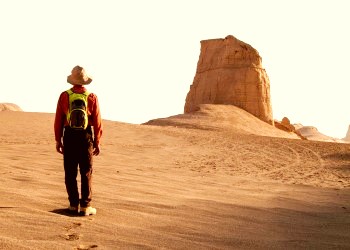
There is no international flight at the Kerman International Aiport, however, you can find plenty of domestic flights every day at the airport. There are three Tehran flights from and to Kerman every day.
Also, there are every day flights from other major cities to Kerman like Shiraz, Isfahan, and Tabriz. Tehran to Kerman flights take one hour and 10 minutes and is about 985 km.
You can also have a road trip from Tehran to Kerman. It is 988 kilometers. It takes over 11 hours and you can visit Kashan, Qom, Yazd, Rafsanjan, and Kerman. Another route that you can take from Tehran to Kerman is 1214 kilometers. It takes over 13 hours. By this route, you can visit Isfahan instead of Yazd.
Traveling from Tehran to Kerman takes about 14 hours and is 995 kilometers. There are stops in Ardakan, Meybod, Yazd, and Bafq. You can take the train at night as well.
Read also: All Things You Should Know About Domestic Flights in Iran
Attractions of Kerman
Ganj-Ali Khan Complex

In the heart of Kerman, you can visit an incomparable architectural treasure. It has a bazaar, a mosque, a school, a square, a caravanserai, a bathhouse, an abanbar(water cistern), a mosque, and a bazaar.
In addition, it is 11000 square meters and Soltan Mohammad Memar Yazdi is the architecture of this beautiful place. The complex encompasses four mosques in four corners.
The complex was built by Kerman governor Ganj Ali Khan (1596-1621) under Shah Abbas I of the Safavid dynasty. It is located at the two main lines of the ‘Sartasari’ (‘end-to-end’) Bazaar, one of the oldest trading centers in Iran.
Sanati Museum of Kerman
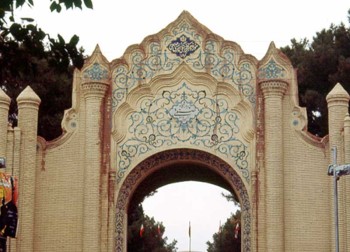
You can visit paintings, sculptures, and stone inlays created by contemporary artist Seyyed Ali Akbar Sanati (1916-2006).
Besides, a collection of artworks by young Iranian artists are also on display at the place.
The museum also hosts a sculpture of bronze hand created by French artist Auguste Rodin (1840 – 1917).
In fact, Ali Akbar Sanati was an orphan, so the museum is located in a former orphanage. The Qajar-era building has a courtyard.
Shazdeh Garden
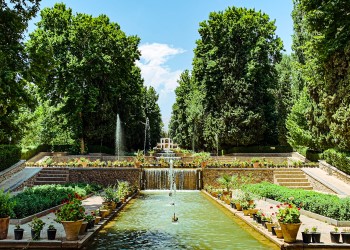
Located in 35 km southeast Kerman, it is of the nine Iranian gardens on UNESCO’s World Heritage List. It was built during the Qajar Era (1789-1925) in Mahan, near Kerman.
In fact, the water for this beautiful oasis is provided with the qanat system at the heart of the desert.
The gravity is used for the irrigation of the garden due to the location of the garden on a slope.
The water enters the garden from above and there is a terraced pool in which, the water flows.
There is a summerhouse on the top of the garden with an intriguing façade. Both the summerhouse and entrance gate of the garden are built in two stories.
Sartasari Bazaar
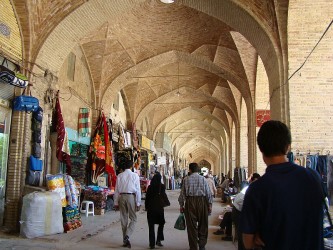
One of the oldest and beautiful trading centers in Iran is Sartasari Bazaar. Sartasari means end-to-end. In addition, it houses several museums and a bathhouse.
The bazaar is 1200 meters and is from Tohid square to Shohada square.
Above all Sartasari Bazaar with vaulting has four sections and over 20 branches.
Besides, you can visit the bathhouse, Ganj Ali Khan Square, Ganj Ali Khan Mosque, a museum of coins and money, copper crafts bazaar.
If you visit the bazaar, do not forget to eat lunch or drink tea at a traditional teahouse at the place.
Shah Nematollah Vali Shrine
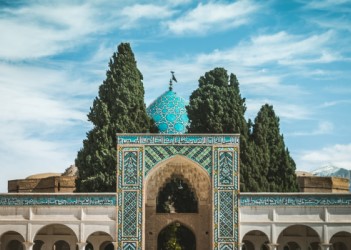
Traveling Mahan, do not miss visiting Shah Nematollah Vali Shrine who died in 1431.
In fact, an Indian king built the shrine for a mystic poet. A blue cupola was added during the Abbasid era. During the Qajar era, two minarets are also constructed.
In addition, you can find a prayer chamber with walls and ceiling adorned with calligraphy at the place.
In fact, the Shah Nematollah Vali Shrine includes Atabaki courtyard, Vakil-ol-Molki courtyard, and Modir-ol-Molki portico.
The shrine, Shah Abbasi portico, Mirdamad courtyard, and Hosseiniyeh courtyard are other parts of shrine.
Read also: Some of Best Iran’s Tour Packages
Things to do in Kerman
Arg-e Bam

As the largest adobe building of the world, Arg-e Bam is dated back to the Achaemenid Empire (559–330 BCE). Although the Arg means citadel in the Persian language, Arg-e Bam is a fortress, which includes a citadel.
It was registered on the UNESCO World Heritage Site list as Bam and its Cultural Landscape. During its flourishing time, which was from the 7th to 11th century, Arg-e Bam was famous for its production of silk and cotton garment.
Rulers in different ears use Arg-e Bam. Some parts were added to the complex during Safavid rule (1502-1722). However, during the Qajar Era (1789-1925) it gradually turned into a military center.
The Arg-e Bam is composed of a residential zone, the stables, the army barracks, and the governor’s residence. It boasts 38 watchtowers and four entrance gates. The Government Quarters are on a rocky hill, protected by a double fortification wall. Bazaar, the mosque, the Mirza Na’im ensemble, and the Mir House are the most important parts of the place.
Shahdad Klout and starry nights
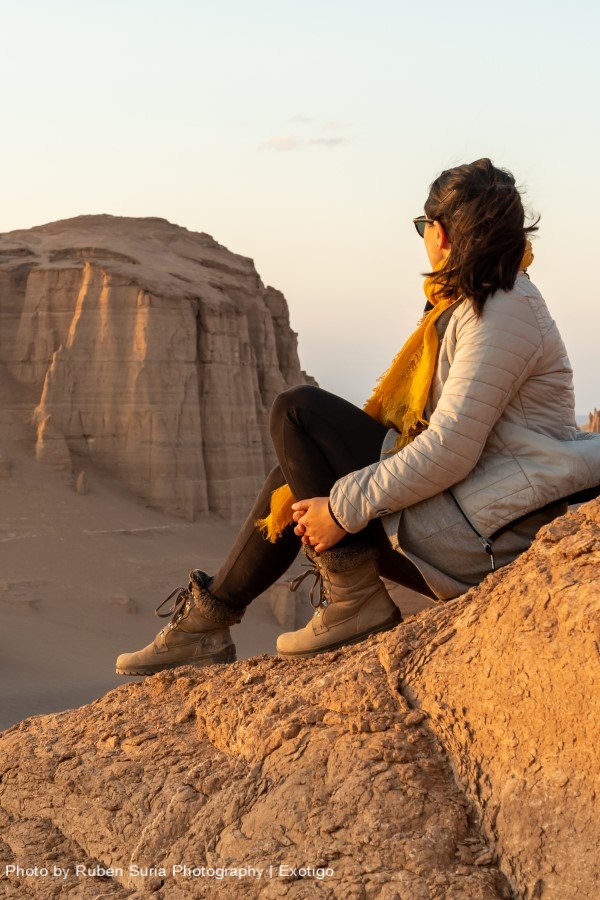
In 40 km of northeastern Shahdad city in Kerman province, there is a legendary phenomenon named Kalout. From a distance you see a series of structures, which resemble a big city amid the desert, however, when you reach the place, you encounter a series of rocks that change their shape due to erosion. The best time to visit the kalouts is during sunrise and sunset when the sunshine plays a colorful game on these natural wonders.
Kalout is a part of Lut Desert and you can visit Rood-e Shoor (Salty River), the only river that flows in a desert all seasons during your visit to Shahdad.
A camp is located 20 km to Shahdad and provides you a facility to enjoy starry nights in the desert. You can also enjoy a safari, camel riding, and walking barefoot in the desert during your sojourn at the place.
Meymand rocky village
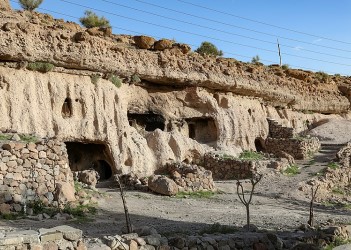
In the northeast of Babak city, in the heart of a valley is a rocky village, Meymand. In fact, it was built a thousand years ago with the carving of the rocks. The interesting point is that there is everyday life in this historic village after centuries and there are some inhabitants in this village.
In addition, you can visit a bathhouse, school, mosque, and hosseinieh, and fire temple in traditional structures.
It is on UNESCO heritage list and is one of the first human residences on the Iranian plateau since 12000 years ago.
The village has a high temperature in summer and very cold in winter. So it is a great manifestation of friendship between humans and nature.
Today different tribes live in different parts of the village. There are migrants from Kerman, Yazd, and some Azeri people who live in Meymand village.
Best time to visit Kerman
Like other parts of Iran, spring and autumn are the best time to visit Kerman Province. The weather is hot during the summer. Remember that some locations like Bam are located in the southern part of the province is even hotter and drier.
Read also: Best Time to Visit Iran: A Complete Guide
Local foods and desserts of Kerman
Boz ghormeh
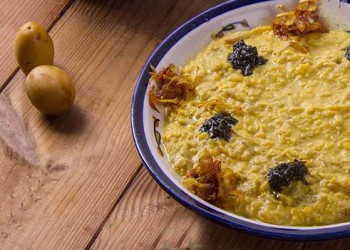
There are different types of Abgoosht, which literally means ‘meat broth’.
However, it is a kind of one-pot food that contains meat and other mixed ingredients.
Boz ghormeh is one of the dishes that you may only find in Kerman.
Above all, the ingredients are goat meat, chickpeas, garlic, saffron, garlic, saffron, onions, and kashk (a kind of fermented yogurt). You can eat this cuisine with a kind of dried local bread.
Read also: Top 20 Iranian Foods You Should Not Miss!
Ash-e omaj
As one of the oldest local food in Kerman, ash-e omaj is one of the most delicious Iranian food.
In addition, lentil, onion, wheat flour, black seed, cumin, spinach, parsley, beet, coriander, turmeric, pepper, and salt are the ingredients of this food.
This great Kermani pottage is a great dish for strengthening the immune system and treating cold and flu.
Kolompeh
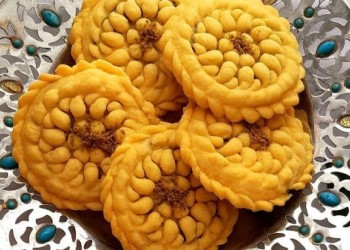
It is one of the most delicious sweets that you can try in Kerman.
Dates, flour, oil, cardamom, and other spices are the component of this tasty sweet. In fact its shape is just like muffins.
There is also another kind of kolompeh with walnut. They are decorated with pistachio or sesame.
Read also: Best Iranian Drinks and Beverages that You Should Not Miss!
Lodgings
Kerman Pars Hotel
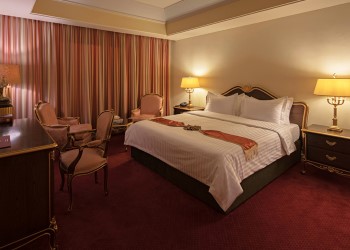
This 5-star hotel in the main boulevard of Kerman. Founded in 2002 on eight floors, Kerman Pars Hotel is serving the business community and travelers as the only 5-star hotel in this historic city.
The rooms and suites are spacious and clean. Some of the in-room amenities are fridge, TV, air conditioning, and safe box. 24-hour room service caters to all guests.
Free internet access is available in all areas. Other services include Taxi service, laundry service, parking, and shops.
Shahbaz Traditional Hotel

The hotel was founded in 2019 in the heart of Kerman city. Originally a traditional Iranian-style house, it provides a cozy atmosphere with local features while offering modern facilities.
Guests can order traditional sweets and witness the cooking process of foods specific to this city. Homemade and local meals are prepared by request in Shahbaz Hotel.
The premise consists of five rooms with different capacities.
All rooms have en-suite bathrooms, Wi-Fi, cooling and heating system, and housekeeping services. Roofless parking is available for those traveling by automobile.
Akhavan Hotel
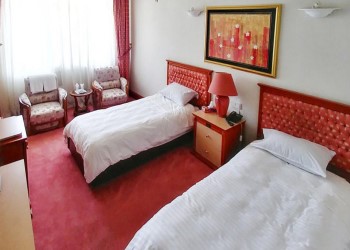
Established in 1984, Akhavan Hotel has been operated by the Akhavan family ever since.
This budget-friendly hotel underwent renovation in 2006 to better cater to guests.
There are a total of 40 rooms available, which are equipped with a fridge, TV, Wi-Fi internet, and air conditioning. 24-hour room service is provided. A free parking space is available for those traveling by car. It also features a lobby, a restaurant serving Iranian food, a luggage room, and a taxi service.
Souvenirs and handicrafts of Kerman
Pateh
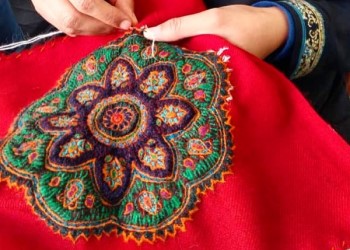
This fabulous needlework is from Kerman. Pateh is in fact a woolen shawl that is hand-dyed decorated with embroidered patterns with wool threads. The natural dye is from pomegranate, walnut, madder, and henna.
There is a toranj pattern in the center with paisley or botteh in each corner of Pateh. The borders also are adorned with flowers, leaves, and birds.
You can find several precious pieces of Pateh in different museums in Iran.
In addition, Astaneh Museum in Mahan keeps one of the oldest Pateh dated back to 1877. Shawl and thread are the two main components of this beautiful handicraft.
Cumin
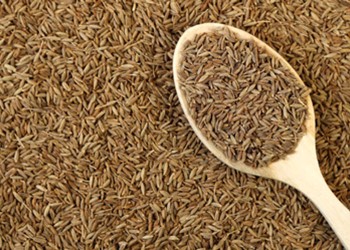
Kerman is known for its cumin (caraway). It was a major supplier of this spice in Iran for a long time ago.
You can use it on rice, pastry, and other foods as well as some herbal medicines.
In fact it grows in the mountains and there are three kinds of cumins in this region.
If you travel to Kerman, do not forget to buy cumin and so enjoy its fragrance and taste in different cuisines.
Best restaurants and cafes in Kerman
Vakil Tea House
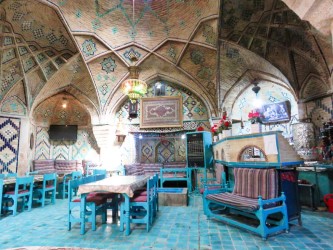
Located in the heart of the Vakil complex, Vakil Tea House is a great place with great tile work and ceramic.
It is in fact a bathhouse that turns into a traditional tea house in recent years.
You can have different drinks, tea, and ice cream and even order local foods at this place.
Address: Kerman Grand Bazaar, Kerman 76134 Iran, +98 34 1222 5989
Keykhosro House
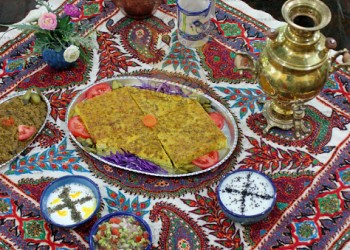
The restaurant has a courtyard with pools, flowers and palm trees.
You can enjoy traditional homemade food at teh place. You can order vegetarian-friendly food on the menu.
Address: Borzou Amighi Street Shohada Street, Kerman 76134 Iran, +98 34 3312 7264

